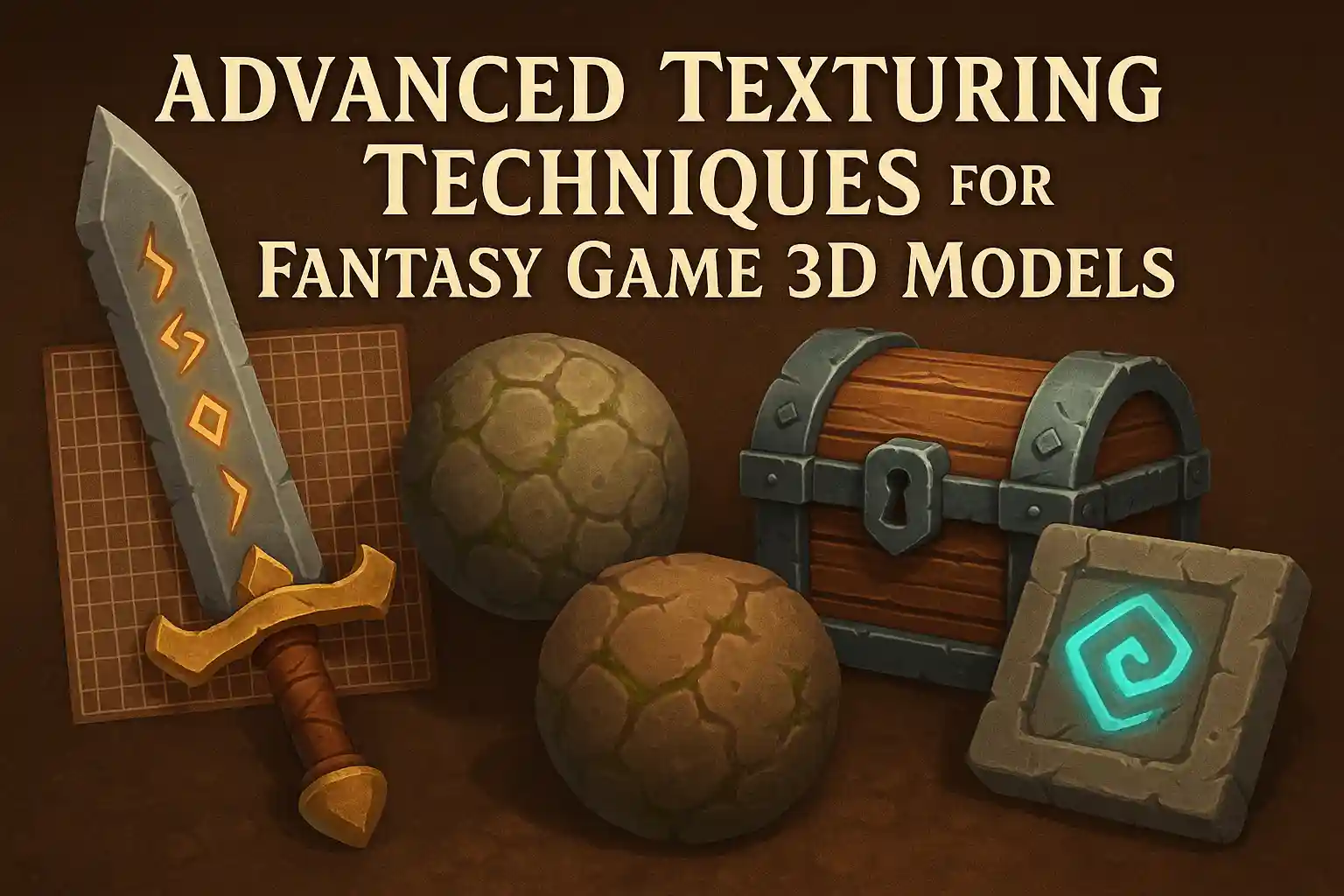Subtotal: $2.00
The scene of indie games in 2025 exploded like a bomb. Small studios proved once again that huge budgets don’t guarantee great games. Innovation, creativity, and passion carried these developers to massive success.
This year brought us unforgettable experiences that rivaled AAA blockbusters. Some games made us cry. Others kept us up until 3 AM grinding for one more upgrade. All of them reminded us why we love gaming in the first place.
Let’s dive into the top 5 indie games in 2025 that defined this incredible year. Each title earned its ranking through unique strengths and undeniable quality.
#1 Clair Obscur: Expedition 33
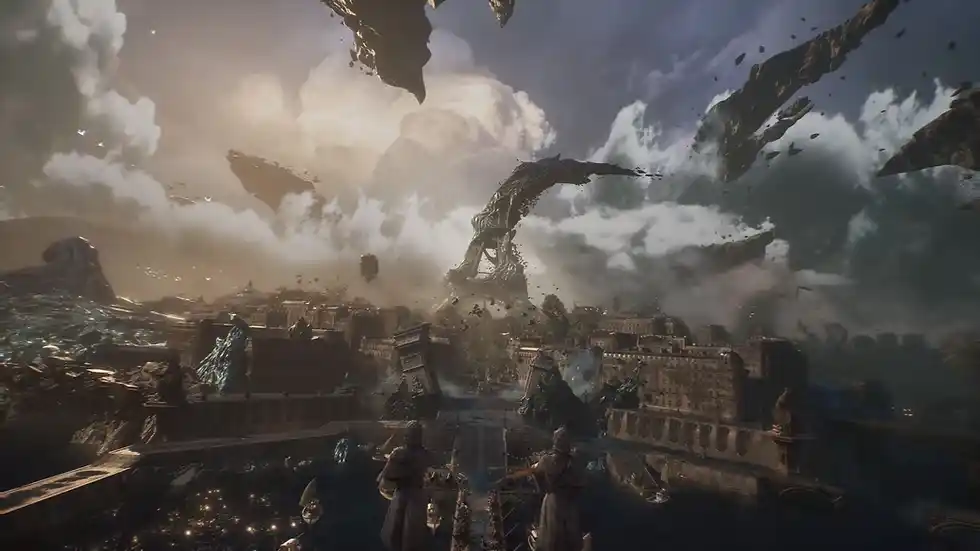
Clair Obscur: Expedition 33 takes the top spot for compelling reasons. This turn-based RPG combines stunning visual design with innovative combat mechanics. Players explore a world where a mysterious Paintress marks people for death each year.
Why It Ranks Number One
The game’s Belle Époque-inspired art direction sets it apart immediately. Every frame looks like a painting come to life. The developers crafted a world that feels both familiar and completely alien.
Combat evolves the traditional turn-based formula brilliantly. Active time elements keep battles engaging without overwhelming players. Timing-based inputs add skill expression to strategic decision-making.
The narrative tackles mature themes with surprising depth. Characters feel real, flawed, and genuinely worth caring about. Voice acting delivers emotional performances that enhance every story beat.
Standout Features
The soundtrack deserves special mention. Orchestral compositions blend seamlessly with the game’s atmosphere. Combat music intensifies perfectly during crucial moments.
Character customization offers meaningful build diversity. Players can specialize in different combat styles or create hybrid approaches. This flexibility ensures multiple playthroughs feel fresh.
Environmental storytelling reaches exceptional levels here. Background details reveal world history without exposition dumps. Observant players discover hidden narrative threads throughout their journey.
Areas for Improvement
The pacing stumbles occasionally in the middle chapters. Some dungeons extend beyond their welcome. A few puzzles rely on obscure solutions that frustrate more than challenge.
Loading times between areas interrupt immersion somewhat. Fast travel helps but doesn’t eliminate the issue entirely. Performance optimization could smooth these rough edges.
The difficulty curve spikes unexpectedly near the endgame. Players who cruised through earlier sections hit sudden walls. Better difficulty balancing would improve accessibility.
#2 Blue Prince – Roguelike Puzzle Perfection
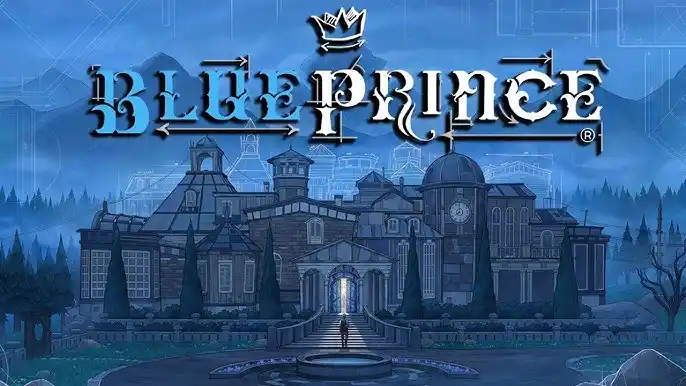
Blue Prince earned its second-place ranking through masterful puzzle design. This roguelike combines chess-like movement with dungeon crawling mechanics. Each run presents a unique tactical challenge.
What Makes It Special
The core concept sounds simple but reveals incredible depth. You move like a chess knight through procedurally generated dungeons. Enemies follow predictable patterns that create strategic puzzles.
Every death teaches valuable lessons. Pattern recognition improves naturally through repeated attempts. The game respects player intelligence without holding hands.
Progression systems balance permanent upgrades with run-specific power. Unlocking new abilities opens strategic possibilities. Each unlock fundamentally changes how you approach challenges.
Exceptional Design Elements
Visual clarity makes complex situations readable instantly. Enemy movement indicators eliminate ambiguity. Clear information lets players focus on strategy rather than parsing visuals.
The difficulty ramps smoothly across multiple tiers. New players can learn fundamentals comfortably. Expert players find brutal challenges that test mastery.
Replay value exceeds most roguelikes substantially. Different character abilities completely transform gameplay. Speedrunning communities emerged almost immediately after release.
Room for Growth
The narrative takes a backseat to mechanics intentionally. Some players crave more story context for their actions. Environmental storytelling could enrich the experience without compromising focus.
Audio design remains functional but unremarkable. Music fits the tone but lacks memorable themes. Sound effects serve their purpose without standing out.
Late-game content becomes repetitive after extended play. Additional biomes or enemy types would extend longevity. The core mechanics support more variety than currently implemented.
#3 Citizen Sleeper 2: Starward Vector – Narrative Excellence
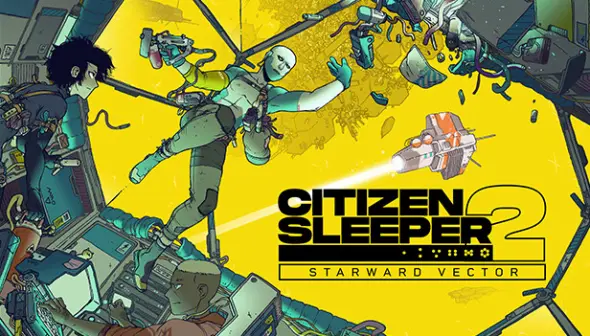
Citizen Sleeper 2 claims third place through exceptional storytelling. This narrative-driven RPG explores themes of identity and survival in a dystopian future. Dice-based mechanics create tension around every decision.
Why Players Love It
The writing quality surpasses most games regardless of budget. Every character feels three-dimensional and morally complex. Dialogue choices carry genuine weight and consequence.
The dice system brilliantly represents uncertainty and desperation. Rolling poorly forces difficult compromises. Success feels earned rather than guaranteed.
Multiple branching paths ensure different playthroughs reveal new content. Player choices shape the narrative meaningfully. Consequences extend far beyond immediate results.
Narrative Strengths
Emotional storytelling hits incredibly hard. Specific scenes stay with players long after completion. The game explores heavy themes without becoming preachy or exploitative.
World-building creates a believable sci-fi setting. Corporate dystopia feels grounded in real-world anxieties. Background details reward attentive readers.
Character relationships develop organically through interactions. Companions feel like actual people with independent motivations. Romance options emerge naturally from shared experiences.
Potential Improvements
Gameplay variety remains limited compared to competitors. Most interactions involve reading and choosing dialogue options. Additional mechanical diversity would enhance pacing.
Visual presentation relies heavily on static art. More animated sequences would strengthen emotional moments. Budget limitations show during key narrative beats.
Replayability suffers slightly from lengthy dialogue sequences. Skipping text risks missing new content variations. Better scene-skipping options would facilitate multiple runs.
#4 Fretless: The Wrath of Riffson – Rhythm Game Innovation
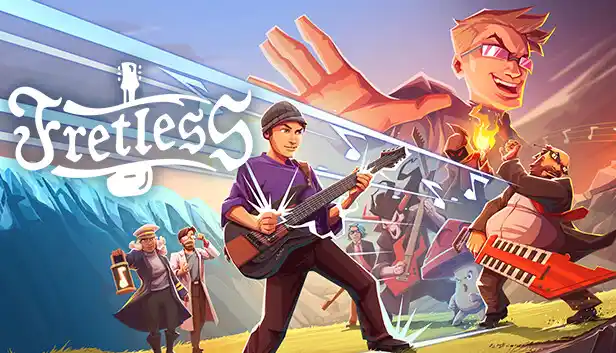
Fretless rocks into fourth place with fresh rhythm game mechanics. This musical adventure combines guitar playing with platforming challenges. The soundtrack alone justifies the purchase price.
What Sets It Apart
The rhythm mechanics feel more intuitive than traditional music games. Players don’t need real guitar skills to succeed. Anyone can jump in and start rocking immediately.
Level design integrates music and platforming seamlessly. Obstacles align with musical beats naturally. The synchronization creates flow states effortlessly.
Original soundtrack features genuinely great music across multiple genres. Rock, metal, jazz, and electronic tracks all shine. Unlocking new songs motivates progression.
Key Strengths
Difficulty options accommodate various skill levels gracefully. Beginners can enjoy the story without frustration. Experts find brutal challenges testing rhythm mastery.
Visual feedback makes timing windows clear and fair. Successful inputs trigger satisfying audio-visual responses. Missing notes feels obviously like player error rather than unfair punishment.
Customization options let players express personal style. Unlockable guitars and outfits provide cosmetic variety. Character creator offers surprising depth.
Areas Needing Polish
The story falls into predictable genre tropes sometimes. Character development lacks the depth of top competitors. Cutscenes serve their purpose without memorable moments.
Online multiplayer features remain basic. Competitive modes could enhance longevity significantly. Cooperative play opportunities feel underexplored.
Accessibility options could expand further. Colorblind modes exist but need refinement. Controller customization would benefit players with different needs.
#5 The Midnight Walk – Horror Done Right
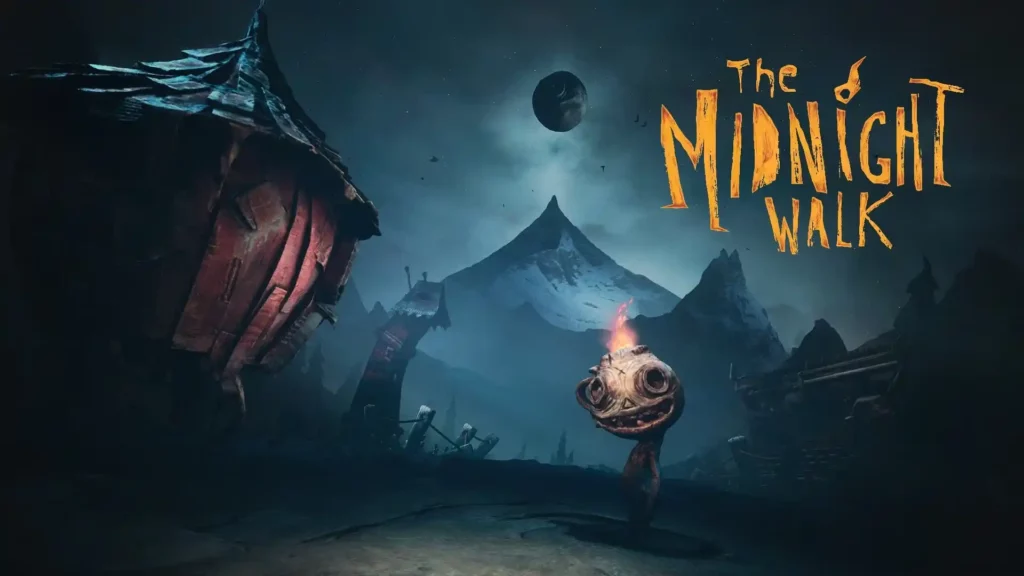
The Midnight Walk secures fifth place through atmospheric excellence. Among indie games in 2025, This first-person horror game creates genuine dread without cheap jumpscares. Psychological terror replaces gore and shock value.
Why It Earned Top Five Status
Atmosphere builds gradually through environmental storytelling. Every location tells stories through careful detail placement. Players piece together narrative fragments organically.
Sound design creates constant unease perfectly. Subtle audio cues heighten tension masterfully. Silence becomes as terrifying as explicit threats.
The game respects player intelligence throughout. Puzzles require observation and logic rather than random trial-and-error. Solutions feel satisfying when discovered.
Horror Excellence
Pacing varies between exploration and intense sequences brilliantly. Quiet moments let tension build naturally. Climactic encounters deliver genuine scares earned through buildup.
Multiple endings reward thorough exploration. Hidden secrets reveal deeper lore layers. Completionists find substantial content beyond initial playthrough.
The lighting system creates incredible atmosphere. Darkness feels oppressive yet navigable. Flashlight mechanics balance visibility against vulnerability.
Improvement Opportunities
Combat mechanics feel slightly clunky when present. The game works better during pure horror segments. Action sequences break immersion somewhat.
Length feels slightly short at six hours average. Additional content would justify the asking price better. Replayability depends heavily on interest in alternate endings.
Performance issues affect some players on lower-end hardware. Optimization patches have helped but haven’t eliminated all problems. Frame rate dips during intense scenes hurt immersion.
The Common Thread: Passion Over Budget
These top indie games in 2025 share crucial similarities. Each prioritizes creative vision over commercial safety. Developers took risks that larger studios avoid.
Small teams crafted experiences that AAA publishers couldn’t replicate. Personal stories and unique perspectives shine through every design choice. Budget limitations forced creativity rather than hindering it.
What Indie Developers Did Right
Each game identified its core strength and built everything around it. Clair Obscur perfected visual presentation. Blue Prince mastered puzzle mechanics. Citizen Sleeper 2 delivered narrative depth.
They understood their target audiences intimately. Marketing spoke directly to players who would appreciate their specific offerings. Community building started early and continued post-launch.
Polish focused on what mattered most. Limited resources went toward core experiences. Less critical features received appropriate attention levels without compromising essentials.
Resources That Helped These Success Stories
Independent developers leverage various resources to compete with larger studios. Asset libraries have become increasingly important for small teams working with limited budgets.
Quality 3D assets can dramatically improve visual presentation without requiring extensive modeling expertise. Platforms like the Animatics Asset Store provide curated collections specifically optimized for game development. These resources help indie teams achieve professional visual quality while focusing their energy on unique gameplay innovations.
Smart resource allocation lets small teams punch above their weight class. Knowing when to build custom content versus using existing solutions separates successful indies from struggling projects.
Learning From 2025’s Best
The top indie games in 2025 teach valuable lessons for developers and players alike. Innovation thrives when creators follow their passion rather than chasing trends.
Players increasingly value unique experiences over polished mediocrity. Small teams can compete by offering what big studios cannot. Fresh perspectives and creative risks define the modern indie landscape.
These five games represent just the tip of 2025’s indie iceberg. Dozens of other titles delivered memorable experiences. The indie scene continues growing stronger each year.
What This Means for Future Indies
Success patterns from 2025 will influence development for years. Strong art direction matters more than technical prowess. Mechanical innovation beats familiar formulas every time.
Community engagement proves crucial for indie success. Players want to support developers who communicate honestly. Transparent development builds loyalty that survives rocky launches.
Accessibility features are no longer optional. Successful games accommodate diverse player needs from day one. Inclusive design expands audiences without compromising vision.
Final Thoughts: Why 2025 Mattered
This year proved indie games can dominate conversations traditionally reserved for blockbusters. Critics and players celebrated these titles equally. Awards recognition validated what fans already knew.
The indie games in 2025 pushed boundaries fearlessly. They tackled difficult subjects, experimented with mechanics, and trusted player intelligence. Each success story inspires future developers.
These five games deserve their rankings through different strengths. Number one through five all merit playing. Your personal favorite might rank differently based on individual preferences.
The future of indie gaming looks brighter than ever. If 2025 represents baseline quality, upcoming years promise incredible experiences. Small studios continue proving that creativity trumps budgets consistently.
Support these developers by purchasing their games. Share recommendations with friends. Positive word-of-mouth helps small teams survive and create future masterpieces. The indie scene thrives through community support above all else.






